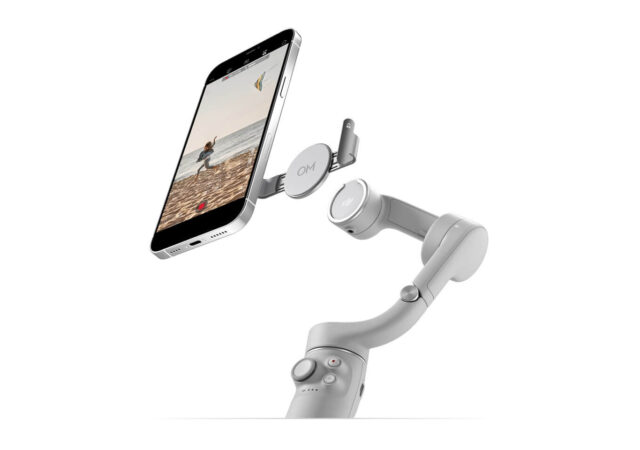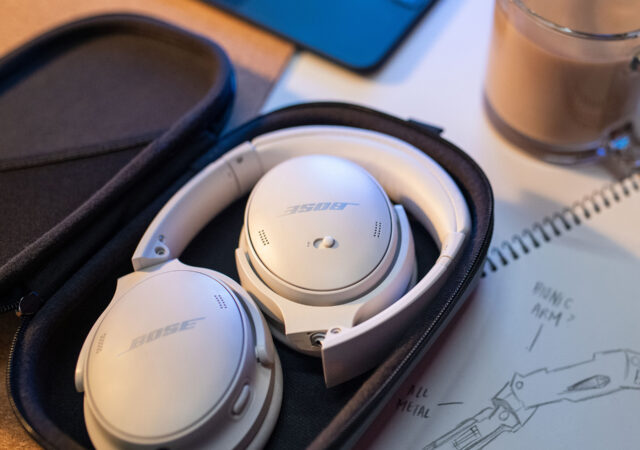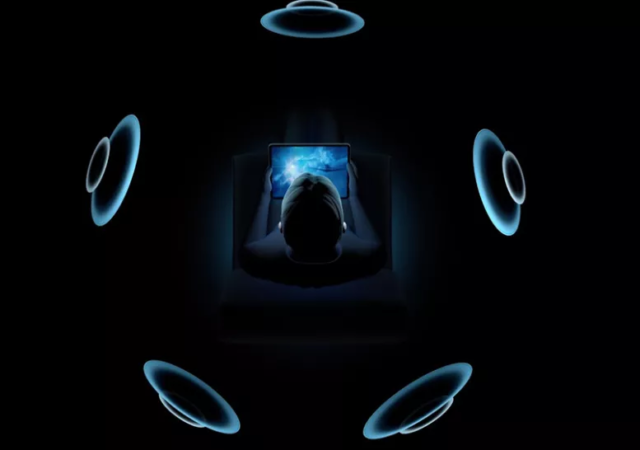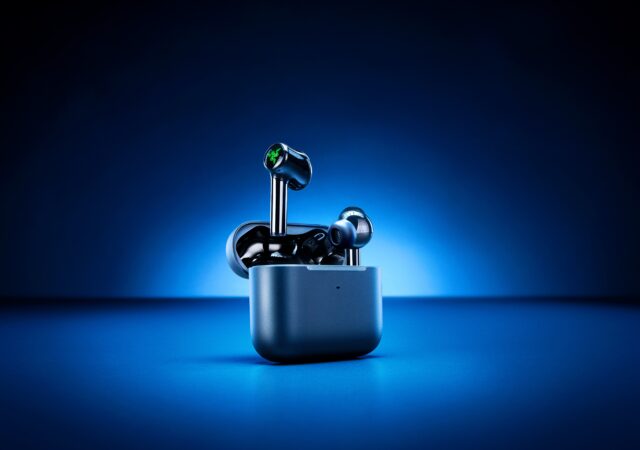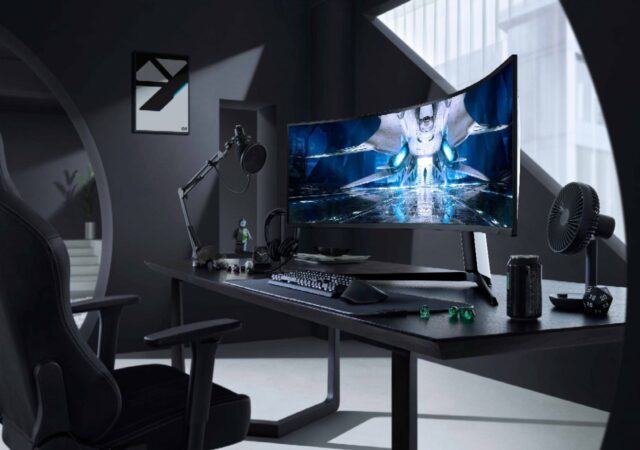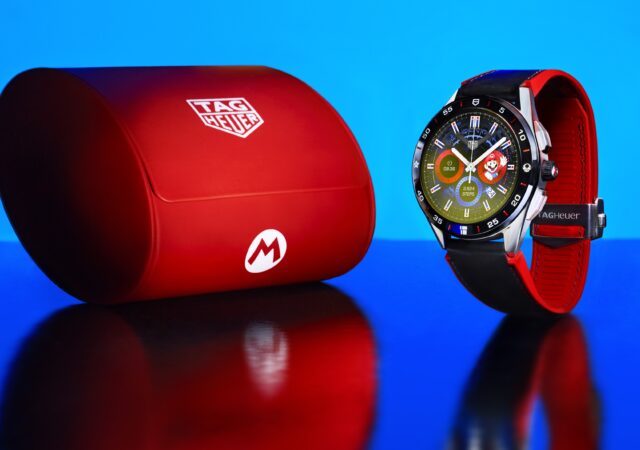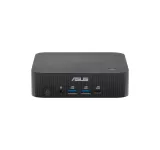Google One introduces the 5TB storage plan to sit between the 2TB and 10TB storage packages at US$ 25 a month onward.
DJI Launches the DJI OM5 – Mobile Film Making Just Got A whole Lot Better for MYR 689
DJI launches the new OM5 portable smartphone gimbal with extension rod for more silm making options for independet content creators.
Bose Introduces the QuietComfort 45 – Its Best Just Got Better
Bose announces the new QuietComfort 45 to replace the QuietComfort 35 II and to take on Sony’s best noise cancelling headphone.
Netflix Now Supports Spatial Audio on Apple iPhone and iPad
Apple’s Spatial Audio comes to Netflix apps on Apple iPad and Apple iPhone for a fully immersive entertainment on the devices.
Samsung’s Galaxy Buds2 Bring Comfort & Premium Sound
Samsung unveils the next generation of true wireless, noise cancelling earbuds – the Galaxy Buds2.
Razer’s New Hammerhead TWS Earbuds Comes with Razer Chroma RGB and ANC
Razer releases the second-generation Hammerhead TWS earbuds with Bluetooth 5.2, Razer Chroma RGB, and ANC capabilties for MYR 629.
Samsung Launches the Odyssey Neo G9 – The Future of Gaming by Samsung is Here
Samsung launches their new Odyssey Neo G9 gaming monitor with state-of-the-art Quantum Mini LED technology at Dual QHD and 240Hz.
Google Just Revealed the Name of Their New Wearable Platform
Google revealed that the upcoming Wear OS will be called Wear OS 3. The first Wear OS 3 devices are expected to roll out soon.
TAG Heuer X Super Mario is a US$ 2,000 Smartwatch and We Are Not Sure About It
Tag Heuer teams up with Nintendo to come up with a Tag Heuer x Super Mario Connected smartwatch with Wear OS.




